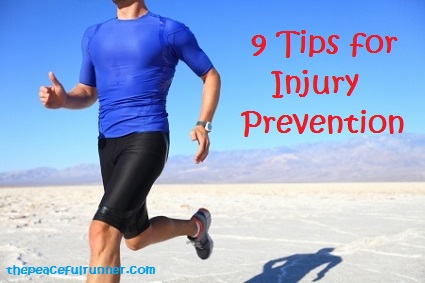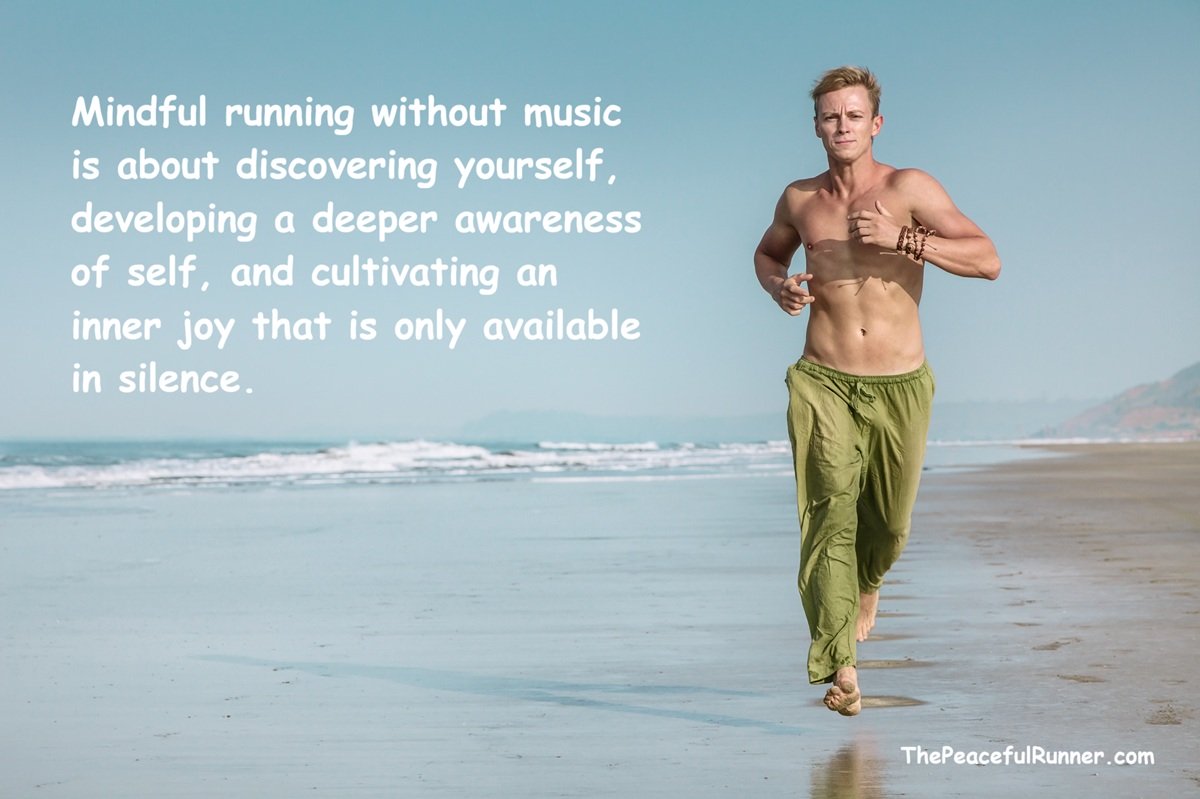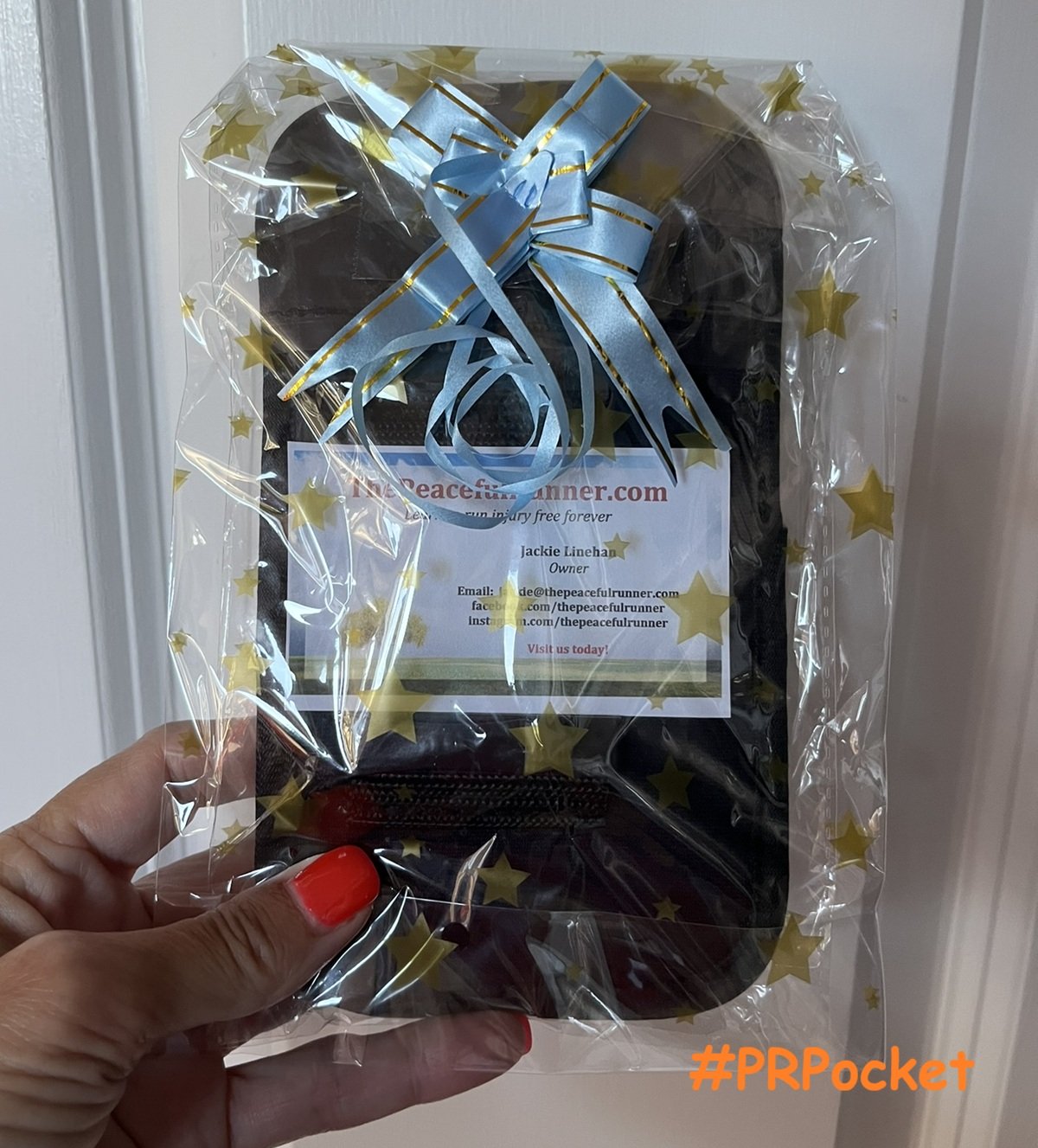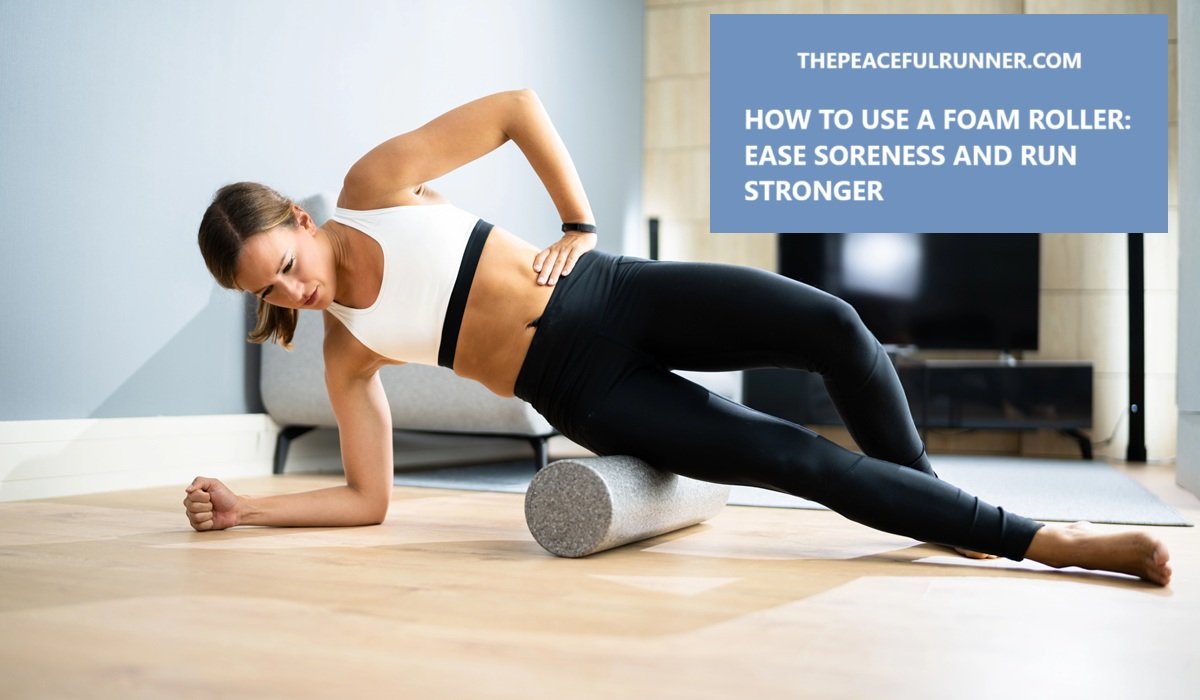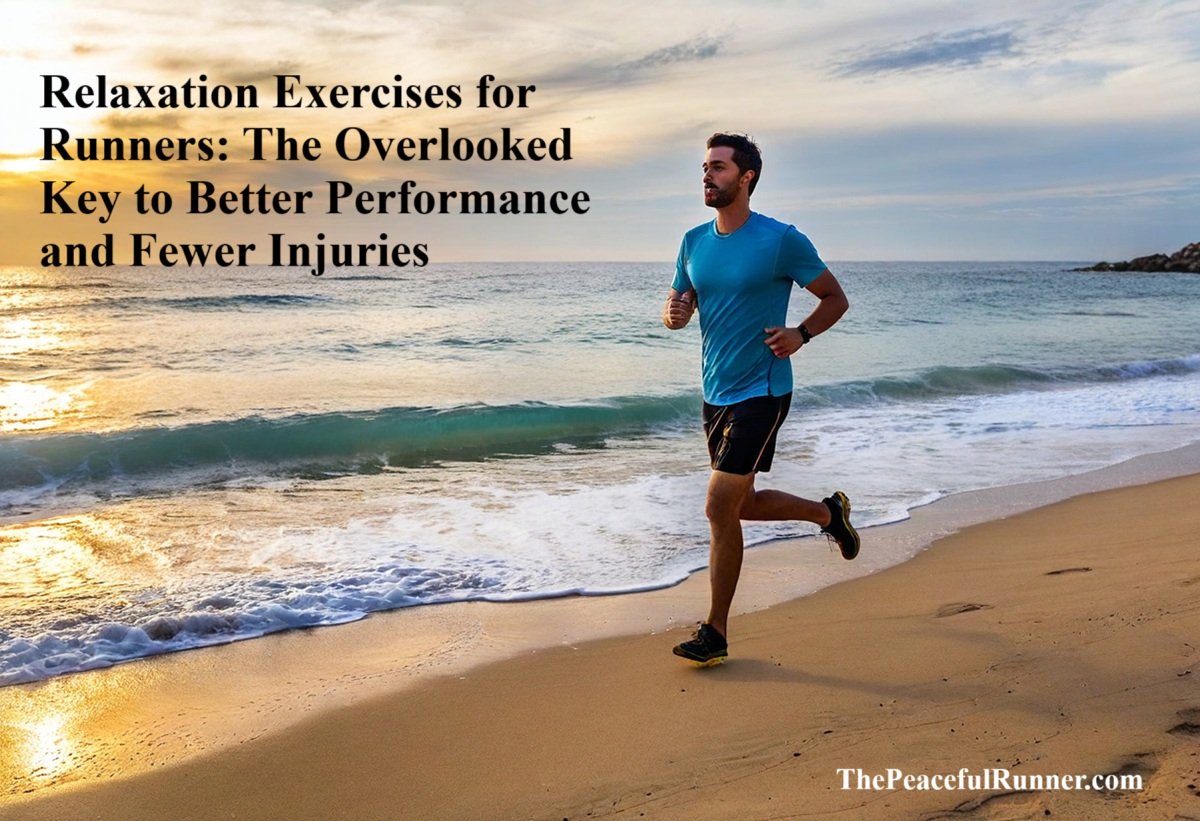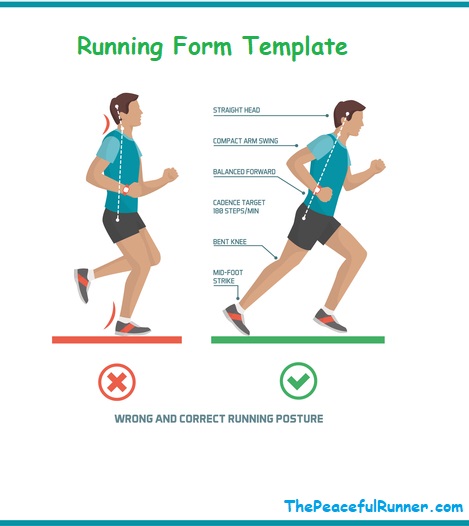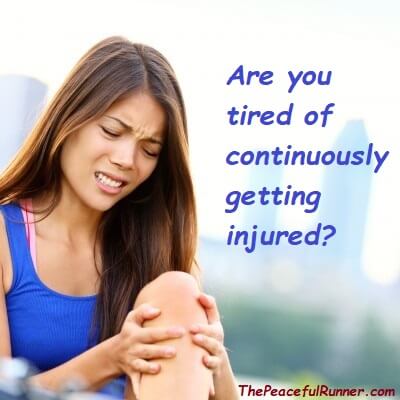- Home
- Prevent Injuries
- Running Injury Prevention
9 Tips for Running Injury Prevention
FTC Disclosure: As an Amazon Associate, I earn from qualifying purchases. Learn more
Running injury prevention is critical for enhancing your running performance. Constantly getting sidelined by injuries will hinder your progress as a runner. Use these 9 tips to maintain injury-free running, and make it to the finish line every time!
9 Tips for Running Injury Prevention
1. Listen to your body and get to know your limits. Plan your training schedule and increase your mileage gradually. Most experts suggest a maximum increase of 10 percent each week with an occasional easy week, usually once a month. This increase may be too much for you. Track your mileage, so you will know how much is too much for you. Pay attention to how your body feels after each increase. Sometimes only a 3-5 percent weekly increase is more sustainable for some runners in preventing injuries.
Don't ignore persistent pain. If you feel pain, take a few days off from running to give your body a rest and then ease back into it. If you still feel pain, take more time off and seek the advice of a professional. Positive affirmations can help you overcome and prevent injuries. Try the 10 Most Powerful Affirmations for Runners.
2. Improve your running form. Most experts now agree that having a short stride, a forefoot strike and a lean from the ankles are conducive to injury free running. Also, swinging your arms close to the body at a 90 degree angle is important for a relaxed, efficient running form.
3. Cross-train - for running injury prevention and to improve muscle balance. Try swimming, deep-water running, cycling, rowing and other low-impact workouts. If you have an existing injury, ensure you choose a workout that doesn't aggravate your condition.
4. Do strength training. Pay particular attention to the hip area as weakness in the hips often cause problems in other areas, such as the knees and the ankles. It is also important to strengthen your feet and develop your foot muscles. You need strong feet to support your body and to maintain a strong, controlled running posture.
Begin by balancing on one foot for 30 seconds and then the other with your hands on your hips. Try to keep the inside ball, outside ball and heel in contact with the floor constantly. As this becomes easier, gradually increase the time until you can do it for 2 minutes. When you can stand on each foot easily for 2 minutes, try balancing on your forefoot.
This exercise will help you become more aware of how your foot lands while running and help you correct any inefficiencies in your posture. Over time, the increased strength and sensitivity in your feet will affect and strengthen the muscles in your legs. Yamuna Foot Savers can really help with exercising and strengthening your feet.
5. Run on level surfaces whenever possible.
This is especially important if you are prone to injuries on one side of your body. Road camber can cause leg-length discrepancy and over-use on one side of your body. Run as much as possible on trails, tracks, sidewalks or treadmills. Running on trails can be particularly helpful in developing your stabilizer muscles that you don't normally use during road running.
6. Limit tough workouts.
For example: races and speed work. If you are prone to injuries, it is best not to push your body too hard by doing too many tough workouts too often. If you are doing races on the weekends and interval training during the week, you are probably pushing your body to the extreme. Unless you are a serious competitor, limit your race participation and do most of your speed work at tempo pace to prevent injuries. This free running pace calculator will help you manage your pace for various distances--not just for races!
7. Stretch.
If you feel tight in certain areas after you run, stretch these areas. Areas that most runners have problems with and need to stretch are the hamstrings, hip flexors, calves, and the IT band. Learn how to give yourself a myofascial release or self-massage by learning How to Use a Foam Roller.
8. Run backwards.
Yes, indeed, backwards running helps maintain muscle balance. It is a funky way to improve muscle imbalance and build strength as you are reversing the movements of normal running. It is also a great way to improve posture as you run with a more erect posture.
9. Buy the right shoe for your feet.
Wearing the right shoe is a significant aspect of running injury prevention. Find the best running shoes for your stride or minimalist running shoes may be what you need to reduce or prevent injuries. There are many options to choose from including not wearing any shoes at all—Barefoot Running. Experiment with what feels right for you.
So what's your best injury prevention tip? Please share in the comments below!
Back to top of 9 Tips for Injury Prevention
Return to How to Prevent Running Injuries
- Home
- Prevent Injuries
- Running Injury Prevention
FTC Disclosure: As an Amazon Associate, I earn from qualifying purchases. Learn more
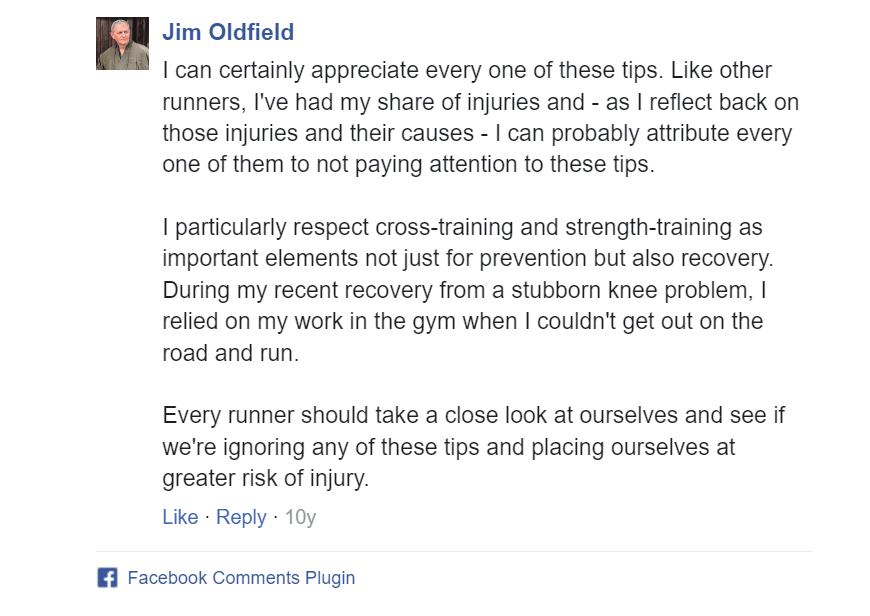
NEW FEATURE - DISQUS COMMENTS!
Login using Facebook, Twitter, Google or Disqus.
Recent Articles
-
When the Music Stops, Awareness Begins
Nov 05, 25 10:54 AM
-
Get yours in time for gift giving!
Oct 24, 25 12:32 PM
-
Change How You Deal with Running Pain
Oct 10, 25 08:53 AM
-
Surprising Benefits of Backwards Running
Sep 15, 25 12:40 PM
-
It's an Awesome Product!
Aug 28, 25 09:25 AM
I went out for a walk this morning and I used the #PRPocket for the first time. I had to check at least 3 times because I thought I lost my phone (iPhone -
Running in Hot Weather: What Every Runner Needs to Know!
Aug 14, 25 01:00 PM
-
Sick of Dieting? You’re Not Alone — And There Is a Better Way.
Jul 30, 25 12:18 PM
-
Tips and Drills to Improve Your Running Cadence
Jul 25, 25 12:52 PM
-
Give Yourself a Self-Myofascial Release at Home with a Foam Roller!
Jun 28, 25 07:19 AM
-
The Overlooked Key to Better Performance and Fewer Injuries
Jun 13, 25 01:13 PM

